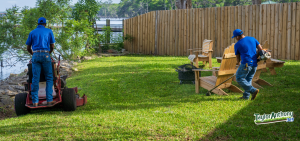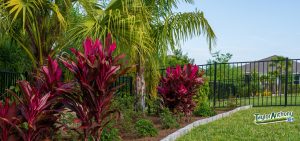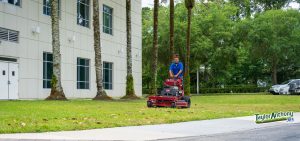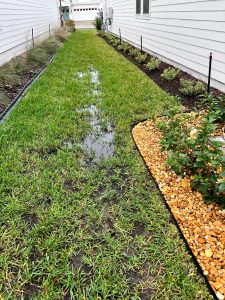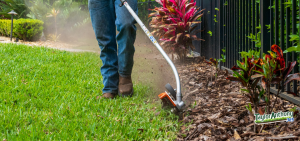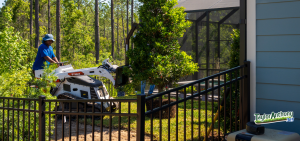Crape Myrtles are cultivated worldwide, most often in tropical and subtropical climates where the warm weather helps them to thrive and show off their outstanding beauty. These plants are often used as colorful hedges or privacy screens, while larger plants make amazing focal points and eye-catching specimens in any landscape. Smaller varieties may even be grown in containers.
The Crape Myrtles are some of the best trees to plant for Florida: bright summer flowers, attractive bark, and brilliant fall color make them year-round garden performers.
Types of Crape Myrtles
The plants that were introduced to the USA and which formed the beginnings of the many varieties available today belonged to the species Lagerstroemia indica (Indica), which grows naturally in China, Korea, Japan, and India. It is usually called the Common Crape Myrtle. In the wild, this plant grows into a multi-stemmed tree that is perhaps 20 feet tall. The leaves are small, oval, and dark green. In fall the foliage turns spectacular shades of yellow, orange, and red before falling, leaving bare branches that are attractively mottled with multi-colored bark in shades of pink, cream, and gray.
Most species worked with are going to be of this origin, or a hybrid with Lagerstroemia fauriei (Japanese Crape Myrtle), which has been noted for its hardiness. Lagersroemia speciosa (Queen’s Crape myrtle) is unique to the tropical climates of the south.
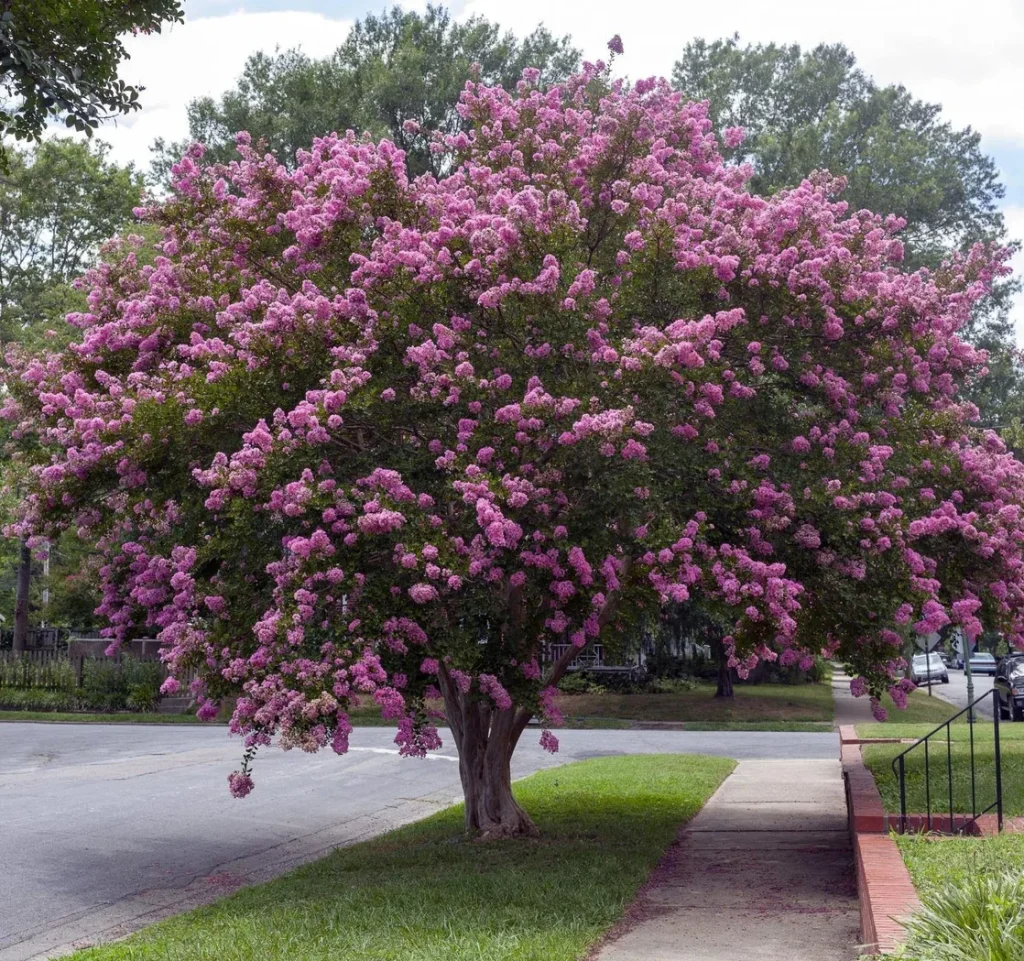
HOW TO USE CRAPE MYRTLES
The Center of your Lawn
● One of the most popular uses for Crape Myrtle is as a decorative tree or shrub in a lawn. Many other flowering trees are simply green leaves during summer, but a Crape Myrtle makes a colorful centerpiece to the lawn throughout summer.
Shrub Borders
● The summer flowering of these gorgeous plants makes them great subjects for planting among spring-flowering shrubs to continue the display of flowers in your garden throughout the season. They are especially useful for planting among or behind smaller shrubs since they will form a fresh, green backdrop when those plants are in flower.
In the Background
● Some of the larger varieties of Crape Myrtles look wonderful planted in sunny areas in front of full-sized shade trees. Here they will need little or no pruning or other care and since they are very drought-resistant they will grow well in these kinds of areas.
SUNLIGHT AND SOIL
Perfect for the Florida climate, Crape Myrtles do need much of the Florida sun, generally at least 6 hours a day to remain healthy. Less sunlight will lead to less prolific blooms and colors that do not quite have the pop one would look for.
In this same vein, these trees are not very demanding when it comes to the soil they are planted in, though soils with some natural acidity are best. The soil must also drain well, as Crape Myrtles are susceptible to root rot.
FERTILIZATION
Only in conditions of poor soil do newly planted crape myrtles need to be fertilized with an all-purpose liquid fertilizer. After a crape myrtle is established or has been planted for at least a year, they do not need fertilizing.
If you are going to fertilize, however, a slow-release fertilizer high in nitrogen is preferred.
PRUNING
Early spring is the best time to get your Crape Myrtles pruned. Don’t commit crape murder! Call Taylor Anthony 365 to get your crape myrtles on our schedule today.
Commercial or residential, Taylor Anthony is prepared to help you manage your landscape by providing the right solution for your situation, call us today at (904) 230-3386.


